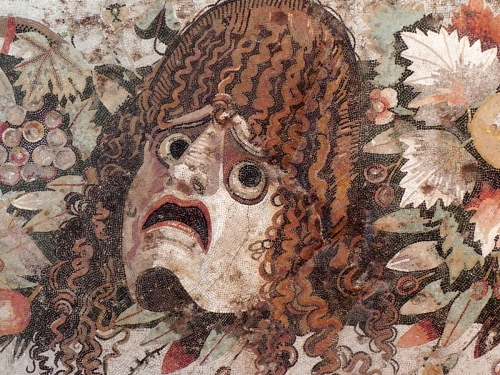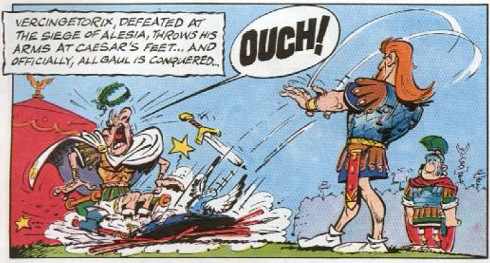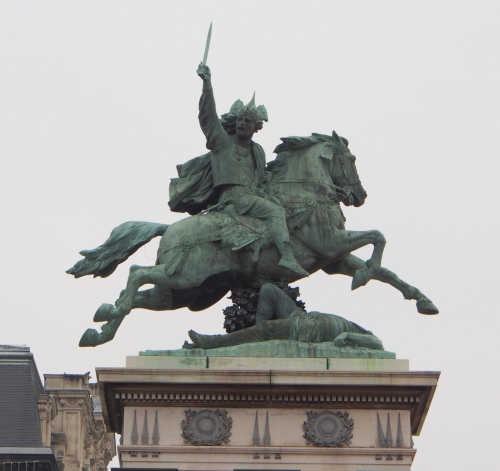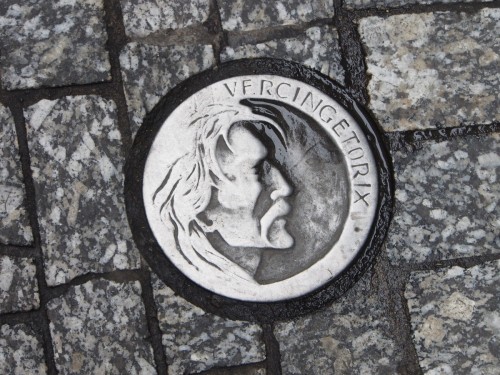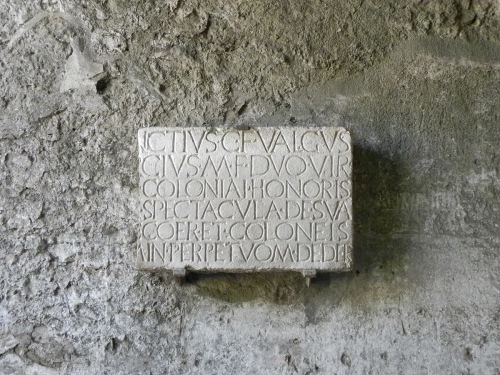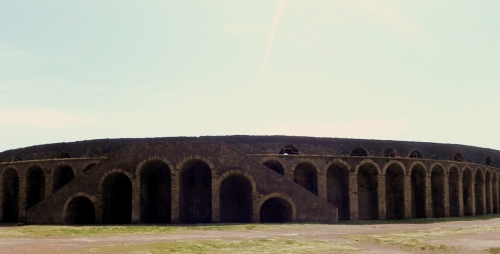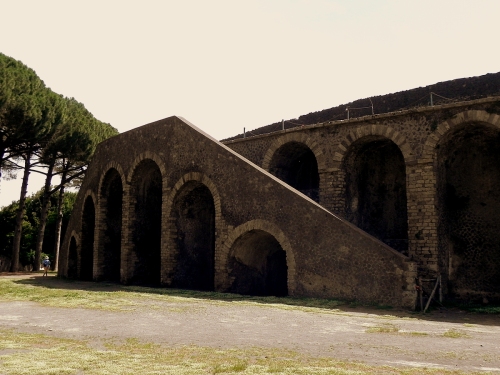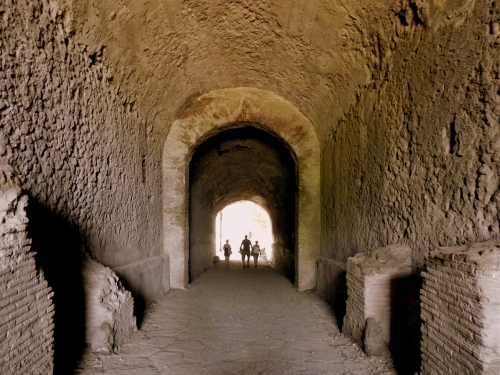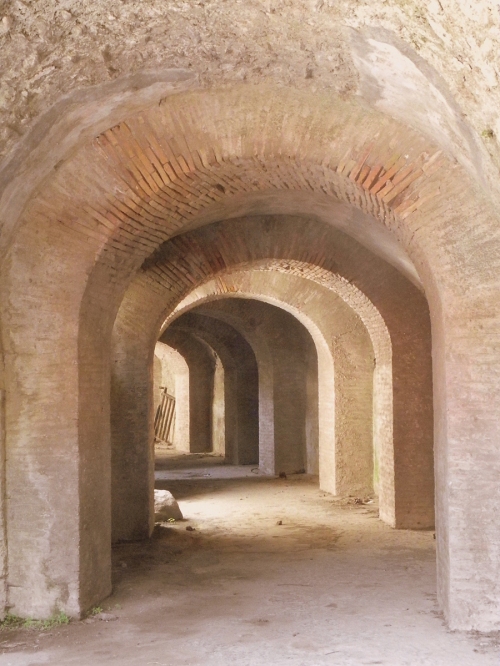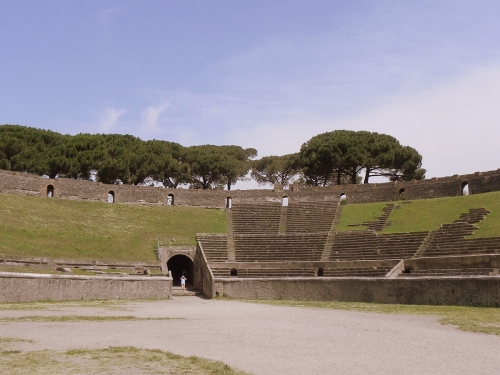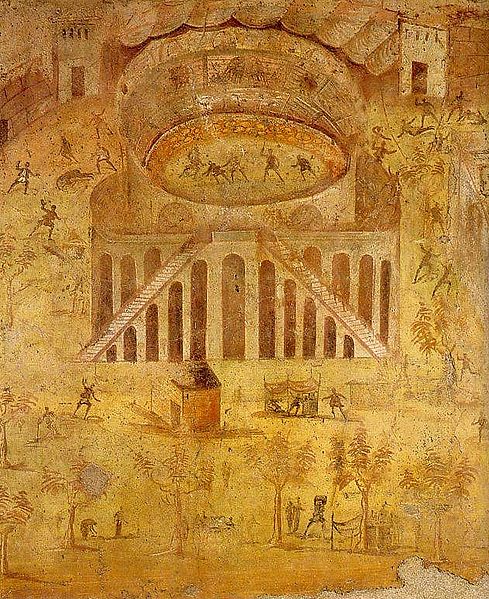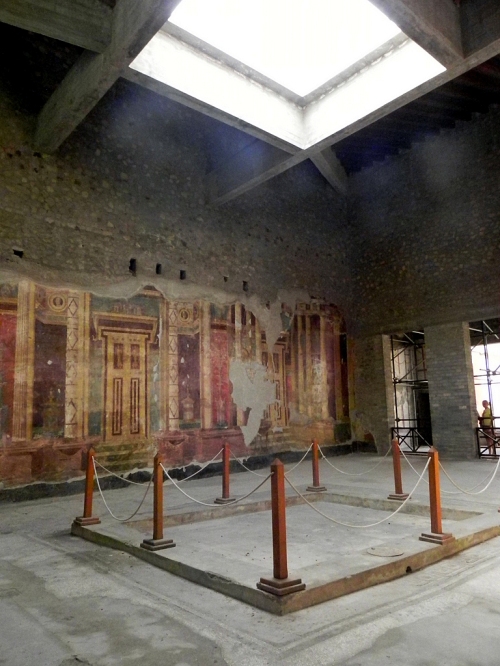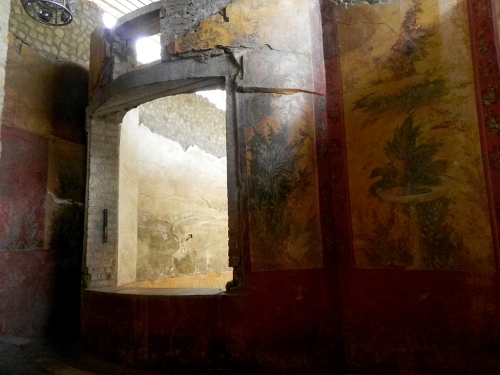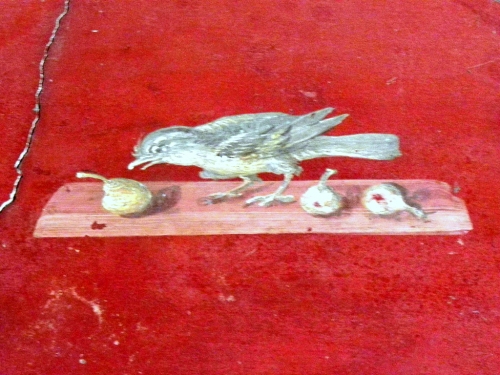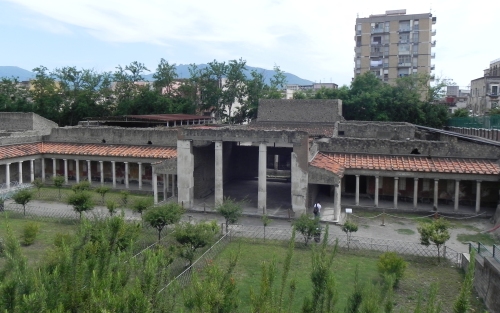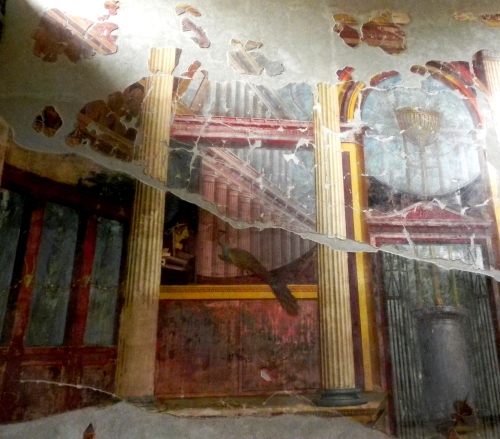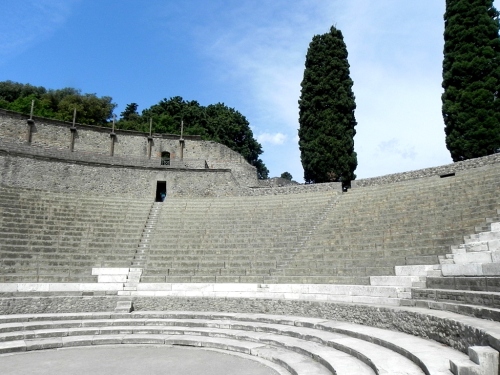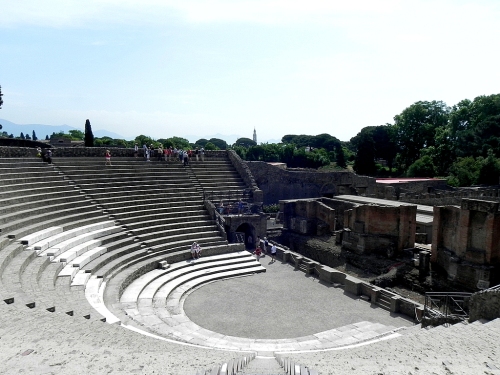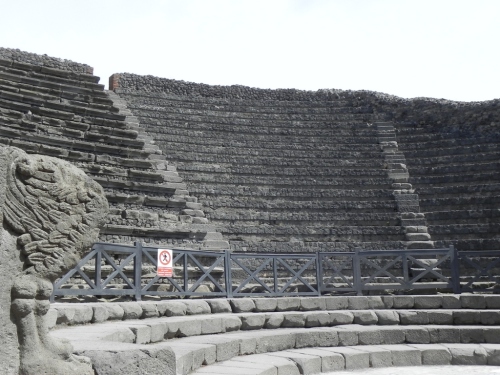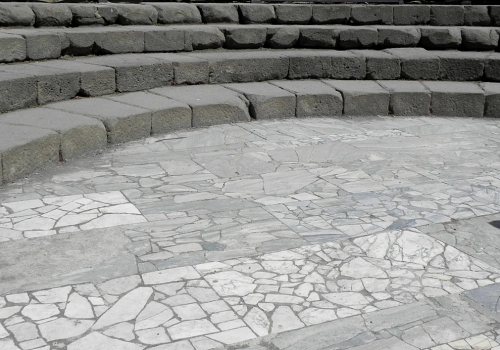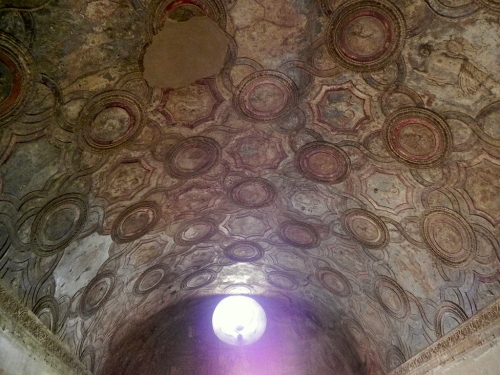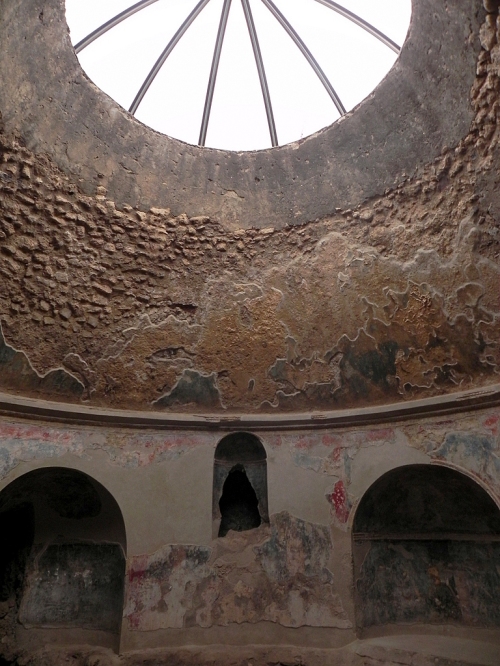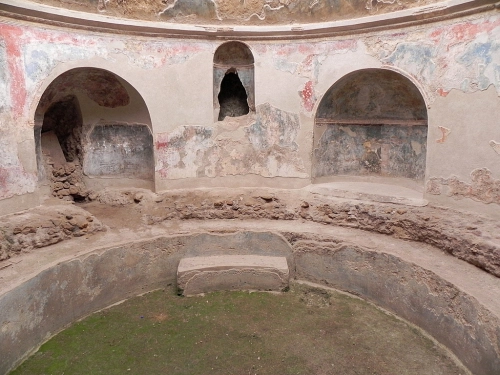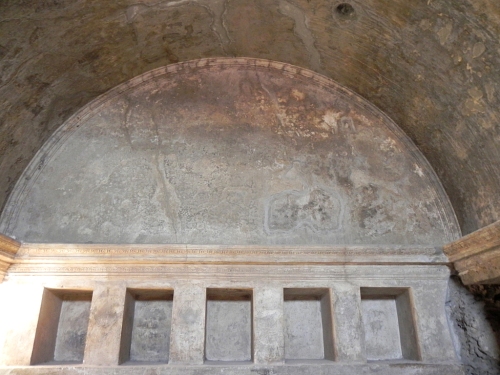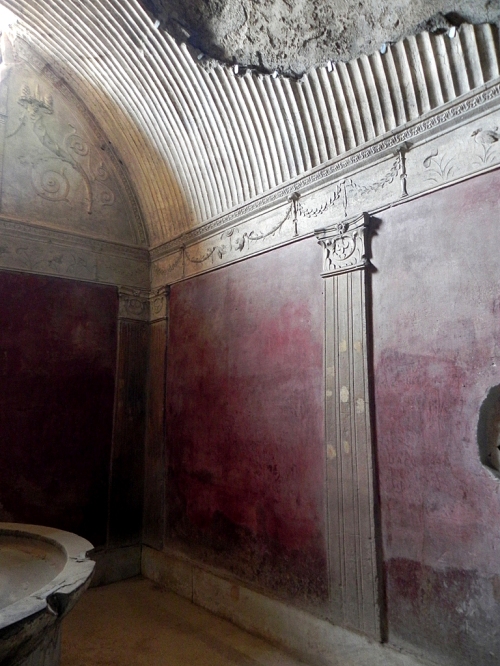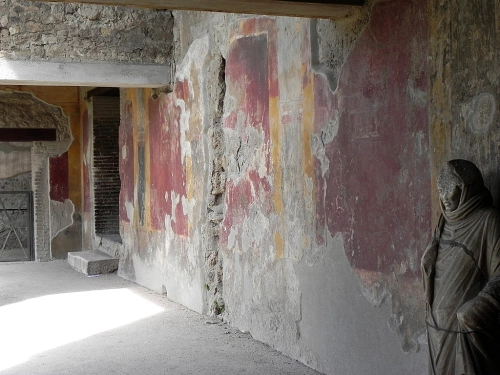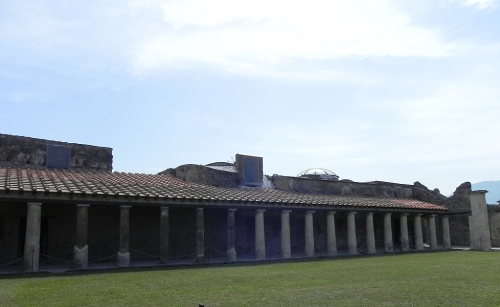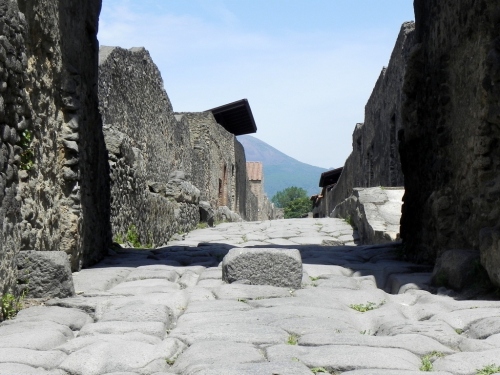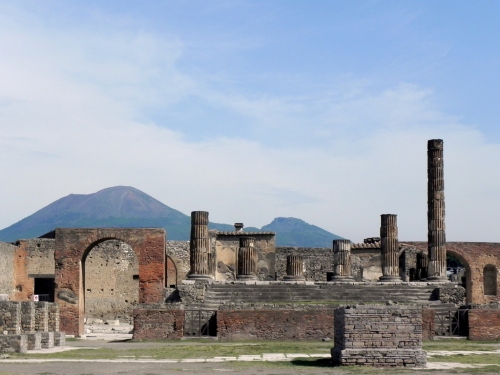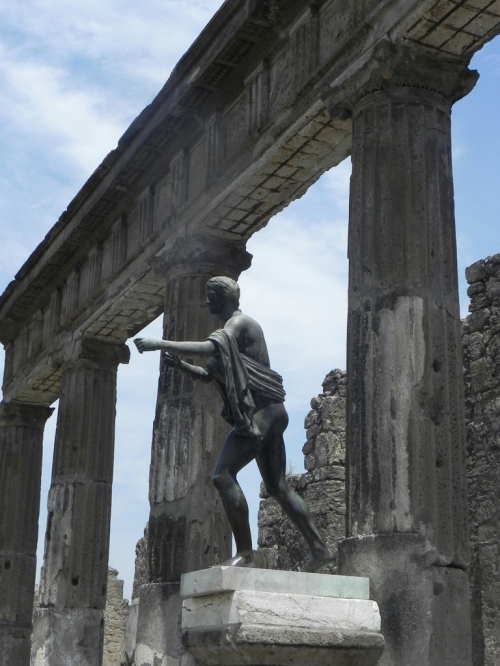(“Ulysses in a Stola/ Petticoat” Caligula describing Livia)
Empress of Rome: The Life of Livia by Mathew Dennison
I am not sure this should be considered a proper book review. What I write below is just a collection of my thoughts on the subject (and by collection I don’t mean a nice organised, cogent collection- this is a random and assorted selection).
The political life of ancient Rome was unquestionably dominated by men. Although women in Roman society enjoyed far better treatment than their counterparts in other contemporary civilisations, the domain of administration, politics and statecraft were exclusively earmarked for men. Romans believed that women had no business in governance and hence there were no official positions for them in the governance mechanism. This is not to say that women were completely absent from any kind of prominence in society. Women were exemplified for their virtues- women like Cornelia- the mother of the Gracchi brothers, were revered in Rome for their behaviour conforming to well-accepted norms. Similarly women of wealth were seen making contributions to society- the Eumachia building in the central forum of Pompeii is evidence to the commercial contribution made by a woman. Even in politics women could easily make their influence felt through the men around them- their husbands, lovers, siblings and so on.
The interest in Roman women particularly in spheres outside what was considered their traditional role- the home and religion is a modern phenomenon. This is evidenced by a veritable lack of sources and information on women in Rome. Even on women such as Livia- wife of Augustus Caesar and the Empress of Rome.
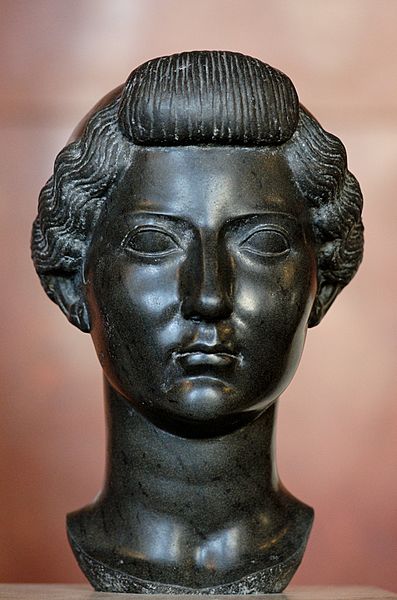
Livia- Empress of Rome
For a number of reasons, Livia is mostly associated with the ignoble role as a poisoner- murderer of a number of direct heirs of Augustus in order to champion the cause of her own son (Tiberius) to the highest prize in Rome. This association has been reinforced in modern times by the books on the emperor Claudius by Robert Graves where Livia is portrayed as a determined, single tracked poisoner of everybody including Augustus himself. But Robert Graves himself derives his conclusions from sources such as Tacitus, Suetonius and Cassius Dio (none of them her exact contemporaries) who hint at Livia’s involvement in the murders.
Livia’s life is a fascinating reflection of the history of Rome. Livia was born into the Claudian family that was considered as one of the six most important family trees of Rome. She had a much better pedigree than even her later husband Octavian who had to trace his prominence as the nephew and adopted son of Julius Caesar (who traced his ancestry to Venus and Aeneas). If Livia had been born a man, she could have looked forward to an eminent political career peaking at being consul- the highest position in the Roman system of government. However being born a woman, she was expected to add power & prestige to her husband and her children.
Her marriage to Claudius Nero, even though a wonderful match at the time of arrangement, saw her getting caught as a fugitive on the wrong side of the wars post the assassination of Julius Caesar. In the quirkiest turn of fate, Livia and Augustus (the very man who was responsible for the flight of Livia and her husband) fell in love with each other and shortly got married under “scandalous” circumstances. However scandalous the start may have been, Livia put on a determined effort to be a paragon of Roman womanly virtues on the outside for the remainder of her long life which would end when she was 86. Her long marriage to Augustus was marked by love and respect between the couple, with the only disappointment being that they never had any children. This was probably a moot point in Livia’s later demonization- if there had been any direct children, then undoubtedly that child/ children would have been direct heirs after Augustus. However with the absence of children, the choice of succession fell on Augustus’ heirs through his sister’s children and through the children of his daughter (through his previous marriage). That the son of Livia- through her previous marriage to Claudius Nero- and therefore with no direct blood relation to Augustus landed up being the next emperor is proof to the fact that truth has always been stranger than fiction even in ancient Rome.
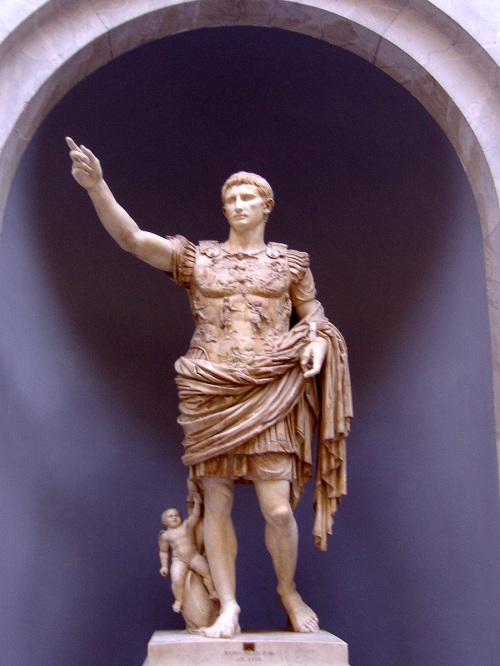
Prima Porta Statue of Augustus
Matthew Dennison does a wonderful job of sketching Livia’s life from the early stages through to the end- drawing on accounts from Roman writers and also through intelligent deduction from other sources and evidence. His theory is that Livia was not the murderess she was made out to be. The fact that her son landed up being emperor, the utter dysfunctionalism of the later Julio-Claudian emperors (Caligula and his horse anyone?), and the presence of women like Agrippina the Younger (who was involved in poisoning her husband in order to promote her son) led to Roman authors (whom we now use as sources) retrospectively ascribing the role of an active poisoner to her (of course the rumours were present in her own time as well).
There are strong points to support the theory- most important being that Augustus would not have tolerated Livia poisoning his cherished heirs one after the other. Livia understood at all points that her position in society depended completely on her husband and being the incredibly intelligent woman (with an understanding of Roman politics brought about by belonging to the Claudian family) that she was, there was no way she would have openly jeopardised her position- compounded by the fact that it would have been very acceptable for Augustus to divorce her citing her inability to bear him children. That Augustus loved her deeply and did not divorce her even though he wanted a direct heir to succeed him is proof to their bond- something that could not have held had Augustus suspected her of poisoning his heirs.
She was innocent.
And what do I think? Honestly I am sure that Livia did not murder Marcellus, Gaius & Lucius Caesar, Augustus and the entire lot.
When Livia married Augustus, they both had no way of knowing what the future held for them. The concept of the Republic- though kicked and roughed up thoroughly by people like Gaius Marius and Julius Caesar – still survived as the dominant force. Octavian himself was careful to call himself Princeps- a sort of Primus Inter Pares- rather than an Imperator. The senate still functioned. Nobody could have even wildly anticipated the kind of dynastic monarchy that came to replace the Republic.
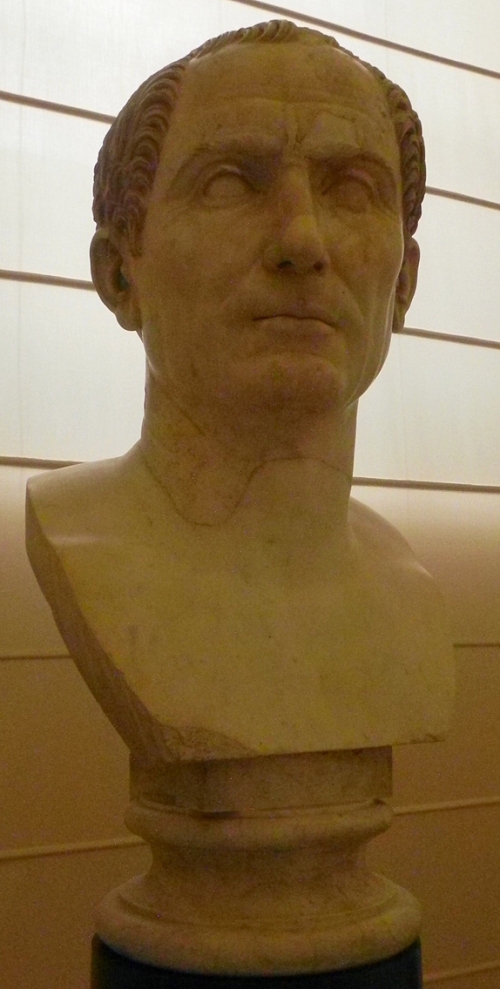
Even Julius Caesar could not have foreseen
As Livia and Augustus aged and the dynastic succession became accepted, the prize became mind-boggling. Livia as a mother to two sons (the younger one dying at an early age) would not have been human if she had not dreamt of the succession passing to her child. In the early stages when so many heirs stood between the Princeps and Tiberius, she could not have possibly hoped to put them all out of the way. But as Tiberius’ succession became more or less inevitable (because of the lack of suitable heirs), it is not impossible to foresee a situation where Livia may have had a hand (if not actively, at least passively in not preventing a certain situation- as in the case of the death of Agrippa Posthumus- a delinquent, and the last surviving grandson of Augustus through Julia).
In all cases, we have no proof- one way or the other. The mystery of whether Livia poisoned all those people or not will never be solved. However what one cannot take away from her is the fact that she was a remarkable woman, who carved herself a solid place in Rome through her intelligence and acumen. Livia was deified eventually although she missed out on being the first Roman woman to be made a God (thank you Caligula- your craziness!)
All in all, an interesting read and comes highly recommended from me.

